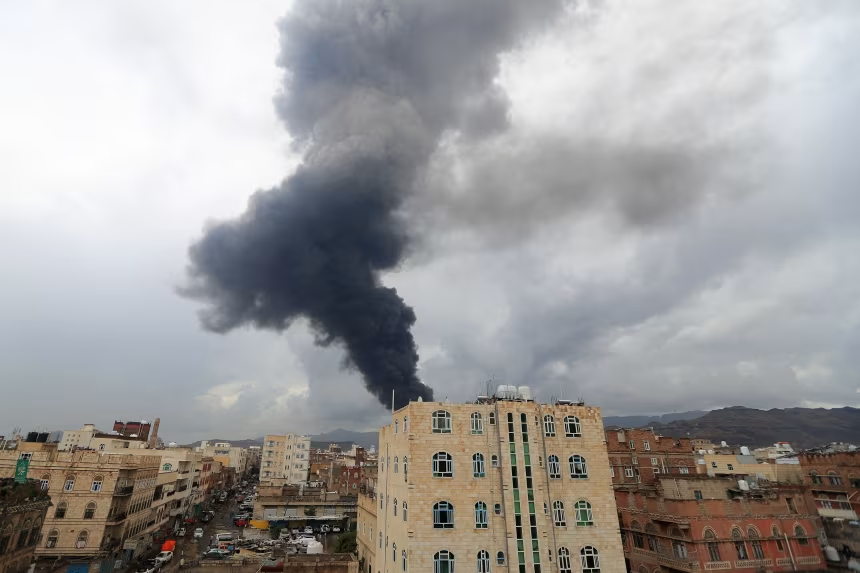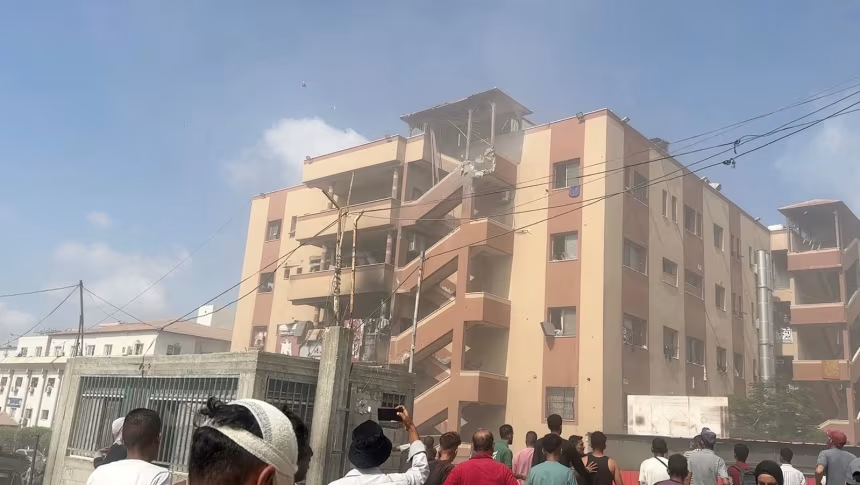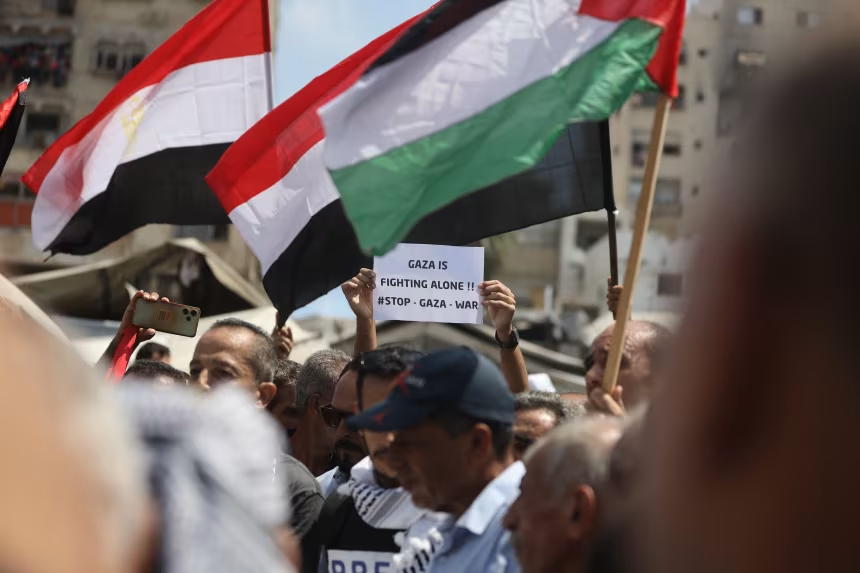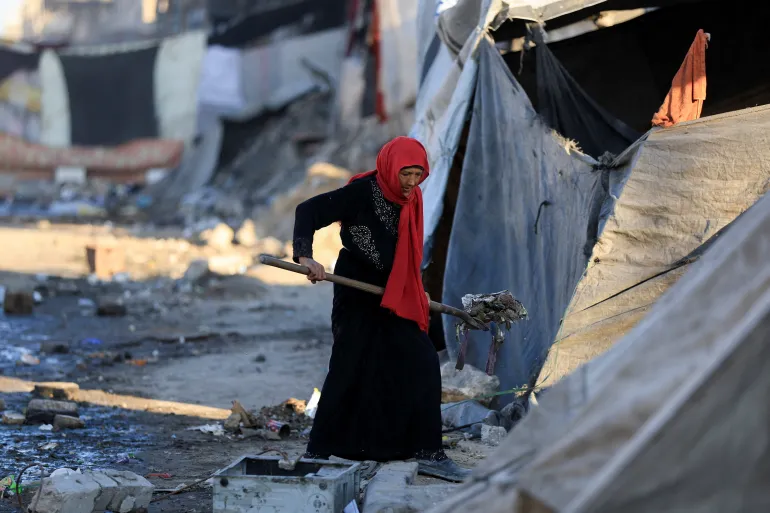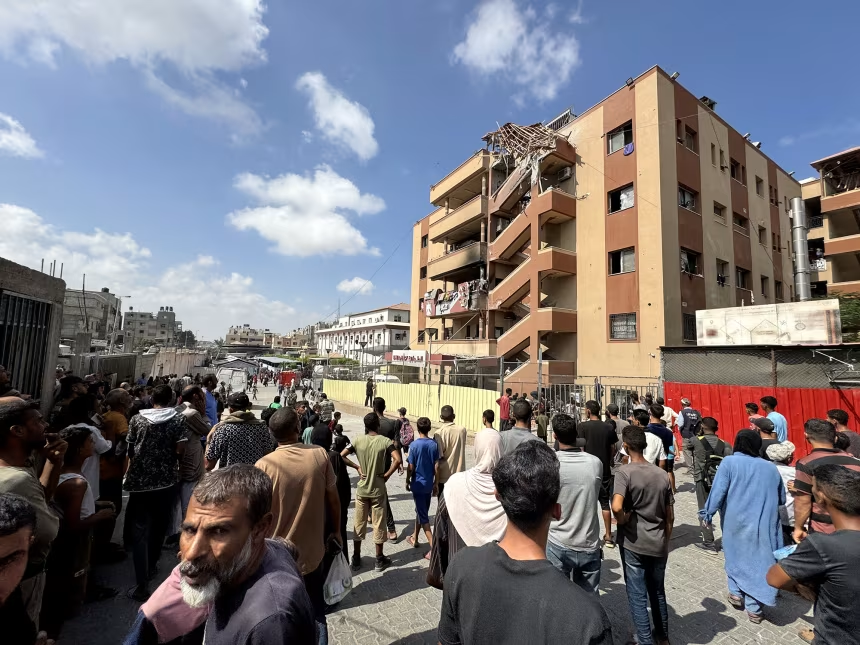Tensions in the Middle East escalated sharply after Israel carried out airstrikes on the Yemeni capital Sanaa in response to a missile launched by Iran-backed Houthi rebels. The missile, armed with cluster munitions, was fired toward Israel and marked a dangerous new phase in the conflict.
Israeli fighter jets struck several locations in Sanaa, including military compounds, energy facilities, and sites near the presidential palace. Witnesses described massive explosions lighting up the city, with flames and smoke rising across the skyline. Local health officials reported that at least two to six people were killed, with dozens more injured, though the exact toll remains uncertain due to communication breakdowns in the city.
The Israeli military said the strikes were aimed at weakening Houthi military capacity and reducing their ability to launch further attacks. The Houthis, who control much of northern Yemen, have stepped up their involvement in the regional conflict by targeting Israel and Red Sea shipping routes, claiming solidarity with Palestinians.
The use of a cluster-armed missile by the Houthis alarmed international observers, as such weapons scatter bomblets over a wide area, often causing civilian casualties long after impact. Israel’s retaliatory airstrikes highlight how the ongoing war in Gaza is spreading beyond its borders, pulling in regional actors and raising the risk of a wider confrontation.
The situation has also added to fears over shipping safety in the Red Sea, where commercial vessels have already faced disruptions from Houthi attacks. With both Israel and the Houthis escalating their actions, the Middle East faces yet another dangerous flashpoint in an already volatile region.


